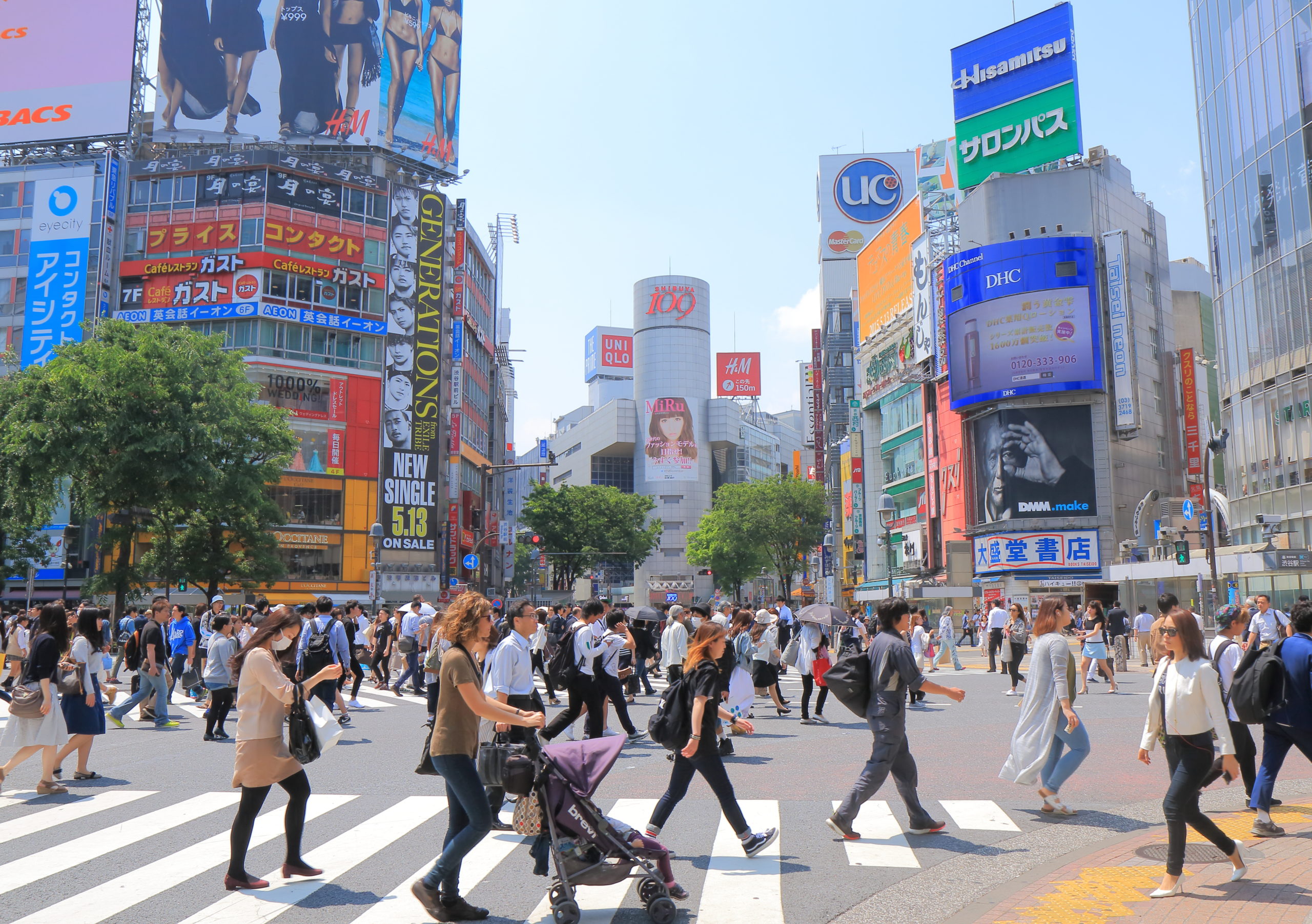Japan’s immigration policy

Japan’s immigration policy
Japan’s most strict immigration policy
Japan’s immigration policy has traditionally been quite strict and focused on protecting its national identity and culture. However, in recent years, Japan has been taking steps to increase its acceptance of immigrants due to its rapidly aging population and declining birth rate.
The main categories of visas available for internationals entering Japan are work visas, student visas, and tourist visas. Work visas are issued to those who have been offered employment by a Japanese company, while student visas are issued to those who have been accepted into a Japanese educational institution. Tourist visas are issued to foreigners who wish to visit Japan for sightseeing or other non-work-related activities.
There are also special visa categories for those who wish to participate in specific activities, such as cultural exchange programs or research projects.
In addition to visas, Japan has a system of residency status called “zairyu” that is assigned to foreign residents based on the purpose of their stay. The most common types of zairyu status are “permanent resident,” “long-term resident,” and “specified skilled worker.”
Japan has also implemented a point-based system for skilled foreign workers, which prioritizes applicants based on their education, work experience, language proficiency, and other factors.
Despite these recent changes, Japan’s immigration policy is still relatively strict compared to other countries, and the process of obtaining a visa can be complicated and time-consuming. Additionally, Japan has been criticized for its treatment of foreign workers, particularly those in low-skilled jobs, who often face poor working conditions and low wages.
Some facts and about Japan’s immigration policy
- Japan’s first immigration law was passed in 1951, after World War II. It was intended to regulate the entry of foreigners into Japan and prevent illegal immigration.
- Japan has a very low rate of naturalization compared to other developed countries. In 2020, the naturalization rate was only 0.2%, compared to 3.3% in the United States and 8.8% in Canada.
- In 2019, Japan implemented a new visa category called the “specified skilled worker” visa. This visa is intended to attract foreign workers in specific industries where there is a shortage of labor, such as nursing care, construction, and hospitality.
- Japan has historically been reluctant to accept refugees, and its refugee recognition rate is very low compared to other developed countries. In 2020, only 44 refugees were recognized in Japan, out of 3,936 applications.
- Japan has faced criticism for its treatment of foreign workers, particularly those in low-skilled jobs. In 2019, the government announced plans to improve the working conditions for foreign workers, including measures to prevent wage theft and improve access to social services.
- In recent years, Japan has been taking steps to attract more international students. In 2018, the government announced a plan to double the number of international students in Japan to 600,000 by 2020.










